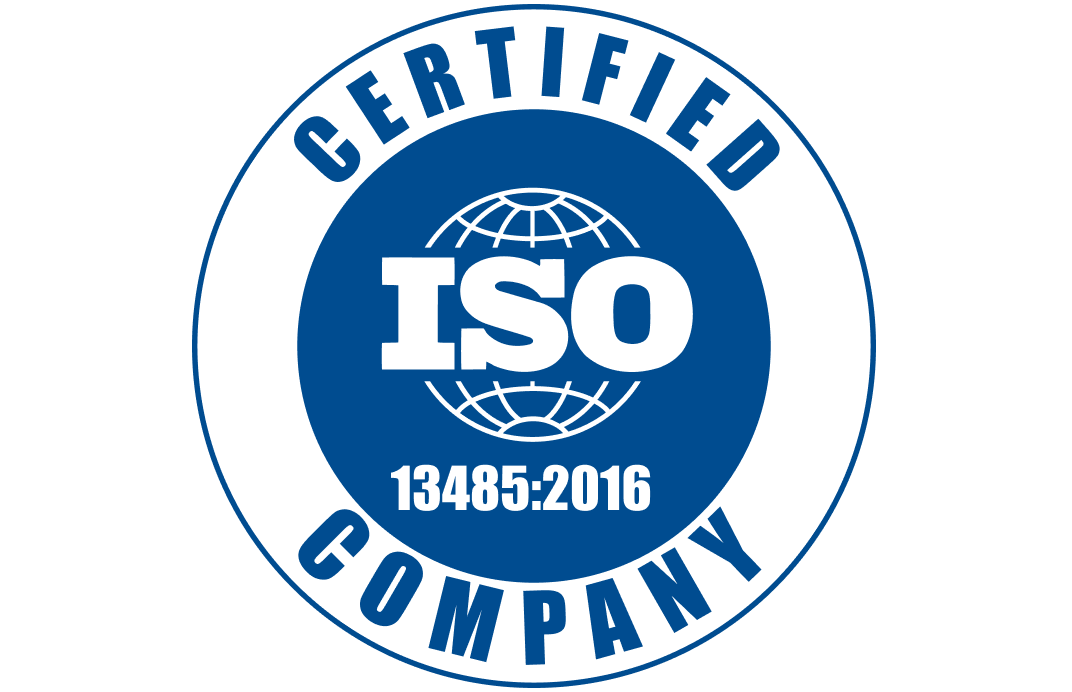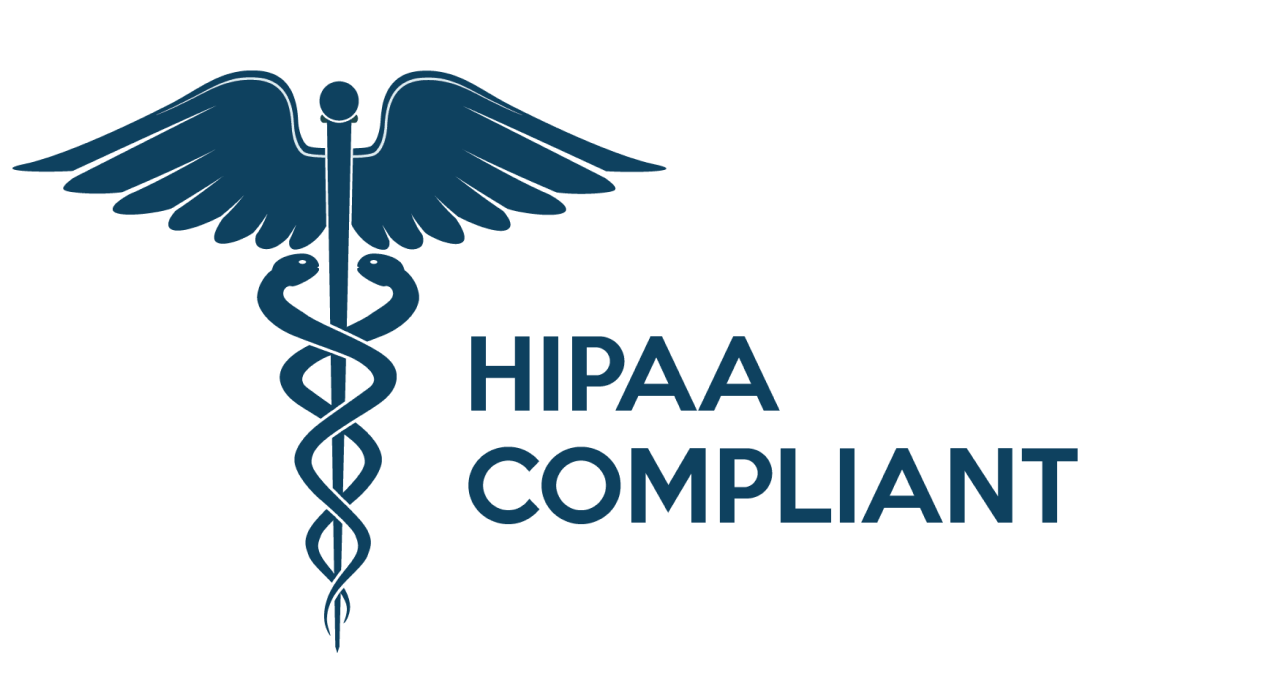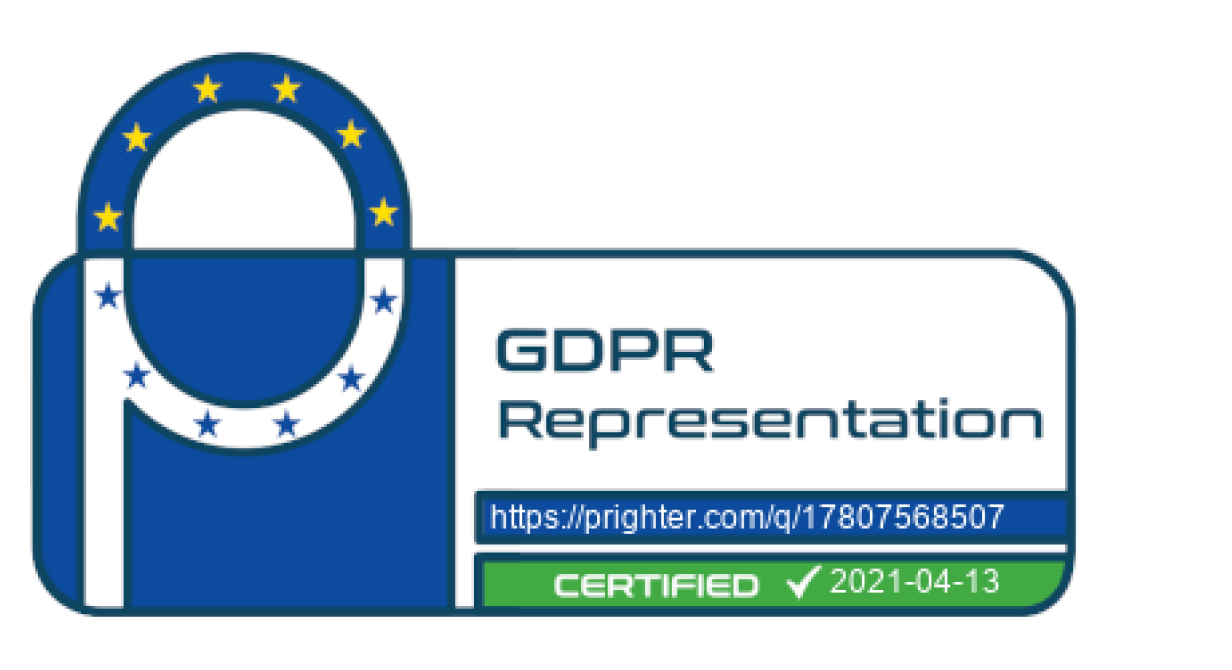RPM is Changing Healthcare. The Truth is – It Has To.
Dramatic changes are on the horizon for Remote Patient Monitoring (RPM) in 2021. From reducing the load for the growing aging community to moving some of the patient care from the hospital to the home. With insights from Mark Goldstein, Founding Chairman of the UCSF Health Hub, and David Maman, Binah.ai CEO, here’s what you need to know.
To watch the webinar that inspired this blog post, please go here.
We desperately need to reduce the cost of healthcare
Firstly, it’s important to recognize the current situation. The only way we can lower the crippling cost of healthcare is to provide the tools for patients to self-care more effectively. This is within our reach! We’re in a time where we’re moving from people coming up with medical solutions that took days, sitting around in a clinic or waiting for results, to solutions in minutes through the internet, to real-time results and solutions for healthcare.
Driving this is the very fact that it costs a lot of money to take care of patients, and therefore predicting the costs of care and delivery and reducing them, needs to be top of the agenda.
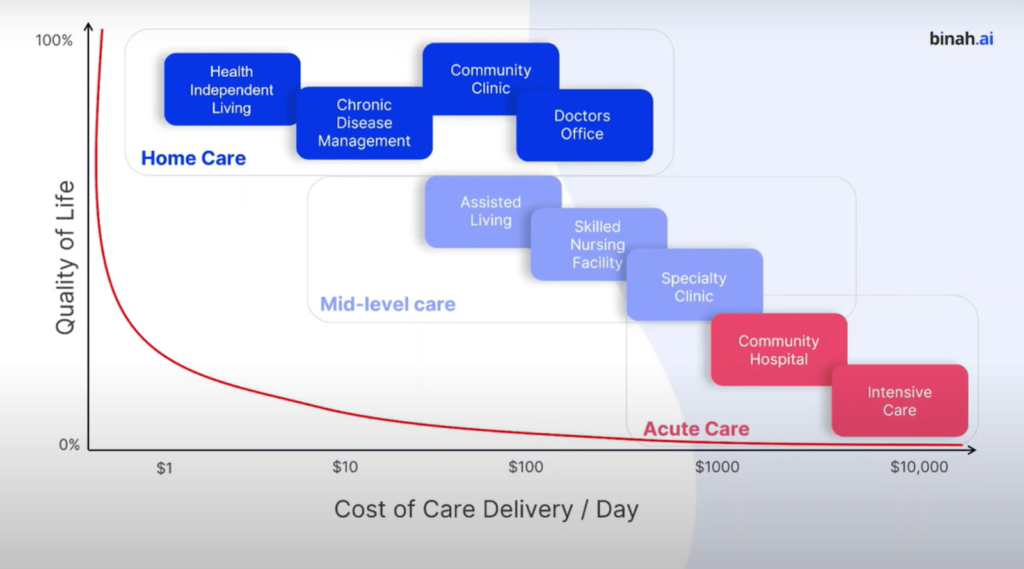
Advanced technologies deliver on this promise
To make this happen, we need a smart learning system fueled by real-time health data tracked from patients in their homes, in assisted living facilities and more, and do everything we can to be proactive, and keep them out of the ICU, to stop the costs growing.
Remote Patient Monitoring is part of the telehealth revolution. It allows for the collection and analysis of health data remotely, including heart-rate, blood pressure, blood oxygen, mental stress levels, and more. These can then be used to help healthcare providers make assessments and recommendations. It can be used for anything from treatment and diagnostics to monitoring, pre-emptive care, follow-ups, and even critical care for chronic illnesses.
The benefits of RPM are greater than you think, and they’re for everyone
As RPM reduces the number of hospitalizations, re-admissions, and also lowers the length of patient stays, it does more than just cut costs. It also has the potential to improve the quality of life for patients. We can give recovering patients better support at home, or address shortages in healthcare staff for the elderly as well as long-term sick. Hospitals don’t want to create more beds, they want to use what they have more efficiently, and get patients back home where they want to be.
The truth is, everyone, needs RPM, from healthcare payers and providers who can use it to reduce costs and risk, and to improve operational efficiency, to governments that can utilize RPM to reduce the burden on existing staff and launch sustainable healthcare initiatives, and of course – the patients themselves, who want to lead a healthier lifestyle, avoid long term illnesses like cardiovascular diseases and diabetes, or age in place with more dignity and self-reliance. In fact, Centers for Medicare and Medicaid Services (CMS) in the USA, are already providing reimbursement for RPM through the CPT codes 99453 and 99454, making it financially worthwhile for physicians and patients to invest in RPM technologies, as they are so clearly improving the standard and outreach/coverage of care for all. These changes have “turned RPM into one of the most lucrative Medicare care management programs” available today.
COVID-19 has made RPM even more important
The Amazon effect of the pandemic has a mirrored impact in healthcare too. We’re talking about the healthcare industry’s version of the ‘eCommerce effect’. People are pushing for innovative tools and remote technologies that can help them achieve location-agnostic care, no matter what’s happening in the world, or where they are based. The necessity for remote patient care throughout COVID-19 has pushed staff and patients to accept digital healthcare as an effective alternative to traditional clinics and support.
This is the catalyst for a change in RPM, which has surged by 70% during 2020/21. After all, RPM itself is nothing new. There are a number of tools available today that Mark Goldstein calls ‘old school RPM.’ These are hardware-based technologies, some of which connect to smartphones or internal hospital systems, including tools like blood pressure cuffs, oximeters, thermometers, and more.
Unfortunately, these have a lot of friction. Batteries can die, the cables can get lost, the memory can be full up, the connectivity can be poor, and the equipment can be too complex to manage. The incremental costs are significant, and even when the hardware is subsidized for the end-user, the cost has to be transferred somewhere.
Binah.ai’s market fit is perfect for the future of RPM
To reduce this friction, smartphone devices are the most ubiquitous tool that almost everyone has in their pockets. A lot of people don’t want to wear smartwatches or bands, and so a smartphone interface is a great way to reach the most people possible, and with a tool that they already have. This is only growing, as smartphones become more available and cost-effective, and the last generation of smartphones that may be ‘out of date’ still have excellent quality hardware, a great camera, and the ability to run future-focused applications with ease. (Read here more about the key differences between smartwatches and Binah.ai’s solutions).
Instead, from a single application on a device that everyone has in their pockets, a large range of vital signs can be monitored remotely, simply by looking into the device’s camera. These include heart rate, respiration rate, blood oxygen, heart rate variability, mental stress levels, and more – in under 1 minute. Unlike wearables, the technology is clinically tested, and has been granted regulatory approval in South Africa and Australia, and is in process of approval with many other regulators, including the FDA and CE in the USA and Europe.
With an SDK available for Android and iOS, and available for Windows, Mac and Linux, Binah.ai runs locally on the device and does not require an internet connection, and full implementation of its Binah SDK takes just days.
Bringing it All Together for Better Healthcare, Anywhere
Binah.ai fills in the missing link in telehealth and remote patients monitoring by allowing the remote collection of real-time health data, at very low costs.
We prevent the overcrowding of medical facilities and we save on precious nurses’ time who often spend more than 40% of their time measuring vital signs.
We save patients time by allowing them to monitor vital signs remotely, more frequently, and in an extremely easy way. In the US for example, a doctor’s appointment often comes down to as little as 6 minutes, with some of this precious time dedicated to measuring vital signs. Instead, patients can extract vital signs prior to entering the doctor’s office and having them transferred to their EMR (electronic medical record) saving doctor-patient quality time. Our solution is especially beneficial to the elderly, or for people with chronic diseases that need to keep a close eye on their vital signs measurements and have to often commute to medical facilities for their needs.
Get in touch to schedule your demo of the Binah.ai solution for RPM.
 close
close


